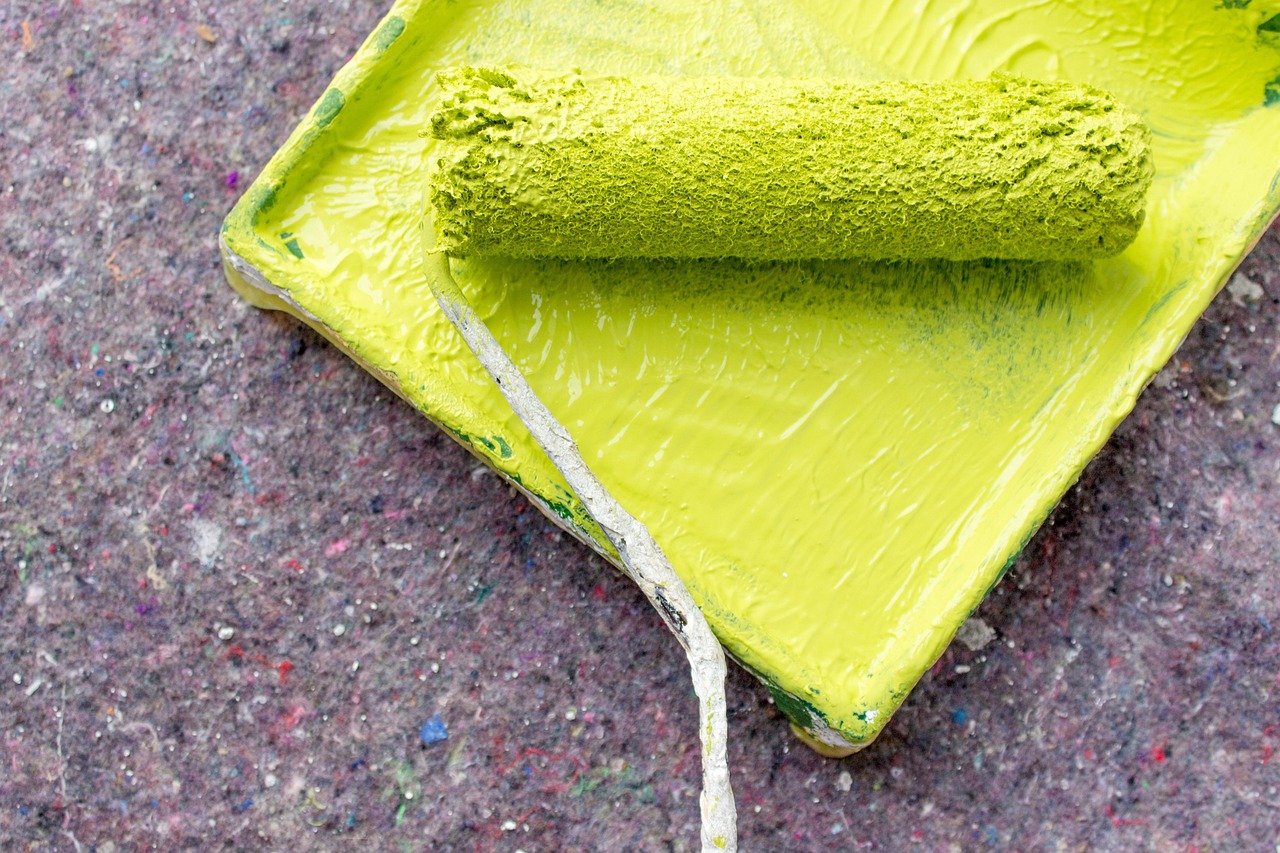Color-Blocking Walls: A Bold, Modern Paint Movement for Homes
Imagine walking into a sunlit living room where playful shapes of turquoise and ochre dance across the walls, instantly lifting your mood. Color-blocking, once a staple of avant-garde fashion, is now transforming ordinary rooms into vibrant canvases. This design movement offers homeowners an accessible, creative way to personalize their space—no wallpaper or major renovations required.

Origins of Color-Blocking: From Runway to Residence
Color-blocking first made waves in the 1960s, popularized by fashion icons like Yves Saint Laurent, who drew on the geometric abstraction of artists such as Piet Mondrian. The technique—pairing solid, contrasting colors in bold sections—was synonymous with rebellion against monotony, a way to inject optimism and individuality after decades of subdued palettes. While clothing designers embraced this colorful rebellion, interior designers remained cautious, often relegating color-blocking to children’s rooms or accent pillows.
Recently, as homeowners seek fresh ways to express personality and break free from the monotony of all-white or beige interiors, color-blocking has emerged as a powerful tool in modern home design. Social media platforms, especially Instagram and TikTok, have played a pivotal role in this resurgence, with creators showcasing DIY wall murals and playful paint experiments that challenge traditional boundaries.
Modern Interpretations: From Sharp Lines to Organic Forms
Today’s color-blocking is far from the rigid rectangles of the past. Contemporary designers experiment with sweeping curves, asymmetrical shapes, and even oversized color swatches that wrap around corners, doors, and ceilings. This evolution reflects a broader shift in interior design towards personalization and playful experimentation.
Current trends favor unexpected color pairings—think olive green with blush pink, or burnt orange with powder blue. Some homeowners use painter’s tape for crisp, architectural lines, while others embrace freehand techniques for a softer, more organic look. The beauty of color-blocking lies in its versatility: it can serve as a subtle backdrop or a dramatic focal point, depending on color intensity, placement, and scale.
Practicality and Transformation: More Than Just Aesthetic Appeal
Beyond its visual impact, color-blocking is an accessible and affordable way to redefine a space. Unlike wallpaper or intricate murals, color-blocking requires only paint, a few basic tools, and a willingness to experiment. It’s ideal for renters or those who crave frequent change, as painted shapes can be easily updated or covered.
Strategically placed color blocks can alter the perception of a room’s proportions—vertical stripes elongate walls, while horizontal bands widen narrow spaces. Creative placement can highlight architectural features or disguise flaws, such as uneven ceilings or awkward alcoves. In open-plan homes, color-blocking offers a stylish method for visually dividing living, dining, and work areas without physical barriers.
Expert Insights: Choosing Colors and Patterns with Confidence
Interior designers recommend grounding your color choices in the room’s purpose and natural light. Warm, saturated hues like terracotta or mustard work well in social spaces, encouraging energy and conversation, while softer tones such as sage green or lavender bring tranquility to bedrooms and reading nooks. For those hesitant to commit to bold colors, starting with a single accent wall or using muted tones can provide a gentle introduction to the trend.
Designers also suggest considering color psychology and how adjacent shades interact. Cool colors can recede, making small rooms feel larger, while warm hues advance, creating intimacy. When blocking multiple colors, maintain balance by limiting the palette to two or three hues and incorporating neutral tones to prevent overwhelming the senses.
DIY Techniques and Tips: Bringing Color-Blocking Home
For beginners, planning is key. Sketch your design on paper or use digital visualization tools to test color combinations and layouts. Painter’s tape ensures crisp edges for geometric shapes, but for organic curves, flexible masking tape or freehand painting with a steady brush can yield beautiful results. Always prime your walls and use high-quality paint to achieve even coverage and lasting vibrancy.
Don’t be afraid to experiment—color-blocking thrives on creativity. Try wrapping color from walls onto ceilings, extending blocks across doors or built-ins, or layering translucent washes for a watercolor effect. The process itself can be a joyful, meditative experience, inviting homeowners to engage directly with their environment.
The Broader Impact: Color-Blocking as a Creative Statement
Color-blocking is more than a fleeting trend—it’s a democratization of design, empowering anyone with a paintbrush to transform their space. As remote work blurs the boundaries between living and working, personalized environments are more important than ever. Color-blocking offers a tool for self-expression, mood enhancement, and spatial transformation, all while remaining accessible and budget-friendly.
Market data supports this shift: paint manufacturers report increased sales in bold and custom-mixed hues, while design magazines and blogs feature ever-more inventive wall treatments. With its roots in artistic rebellion and its future in creative empowerment, color-blocking walls are poised to redefine how we think about color in the home.
Inviting Playfulness into Everyday Spaces
As homes become extensions of our personalities and sanctuaries for creativity, color-blocking stands out as a playful, practical, and thoroughly modern design solution. Whether you’re seeking to energize a dull hallway or carve out a serene reading nook, a can of paint and a dash of imagination are all you need. Embrace the movement—your walls are waiting to become your canvas.




